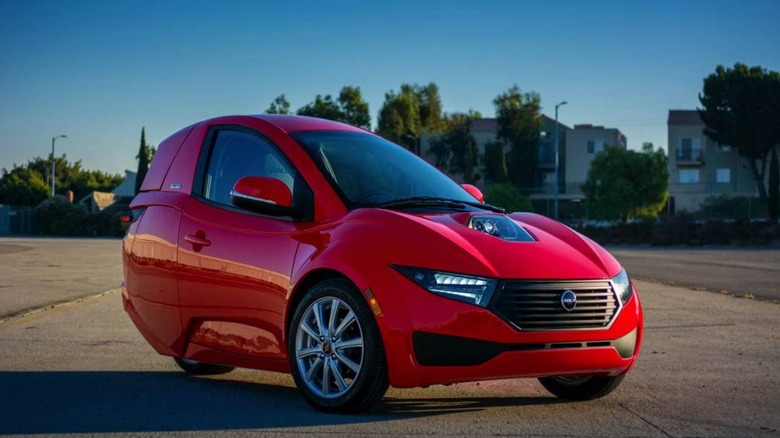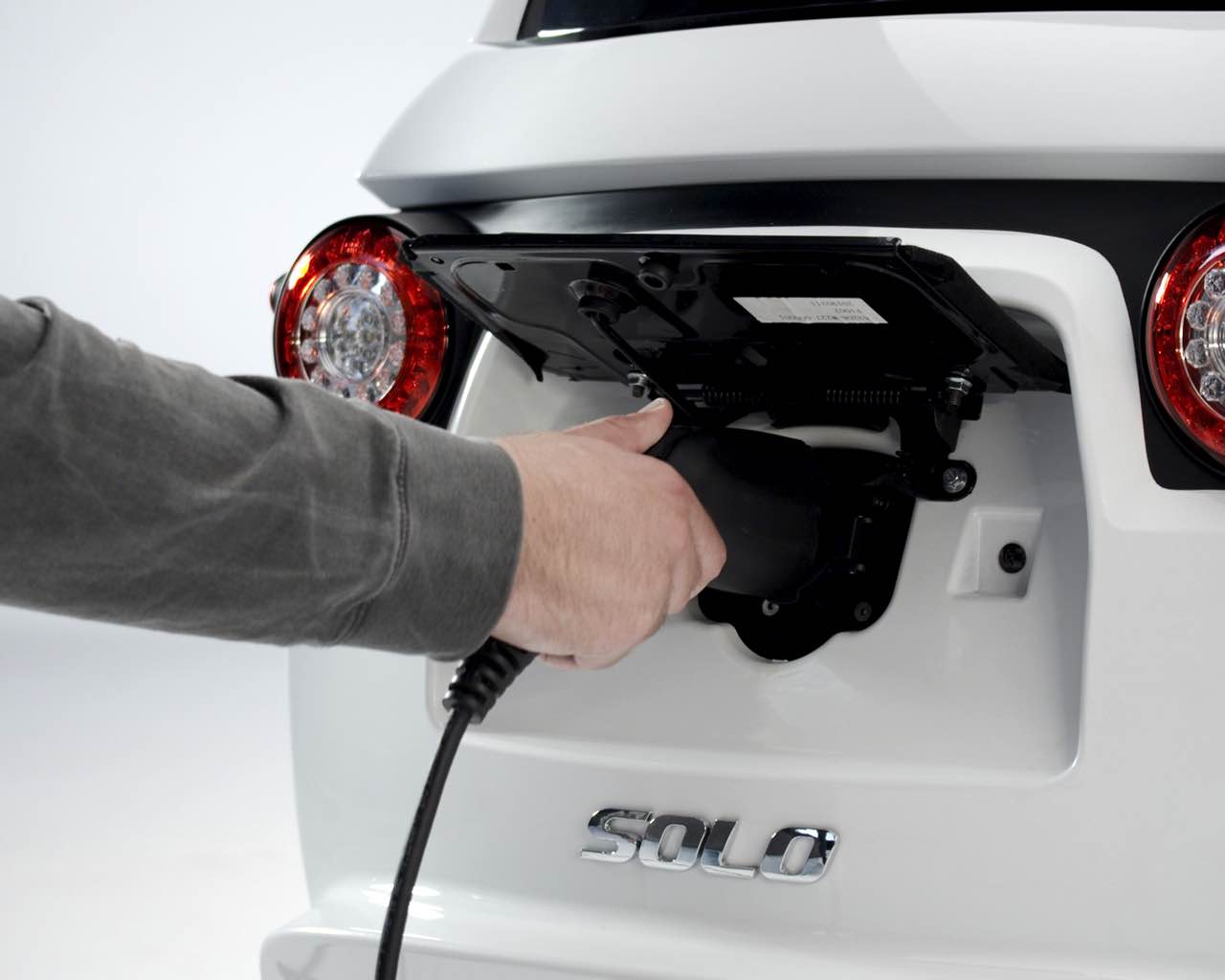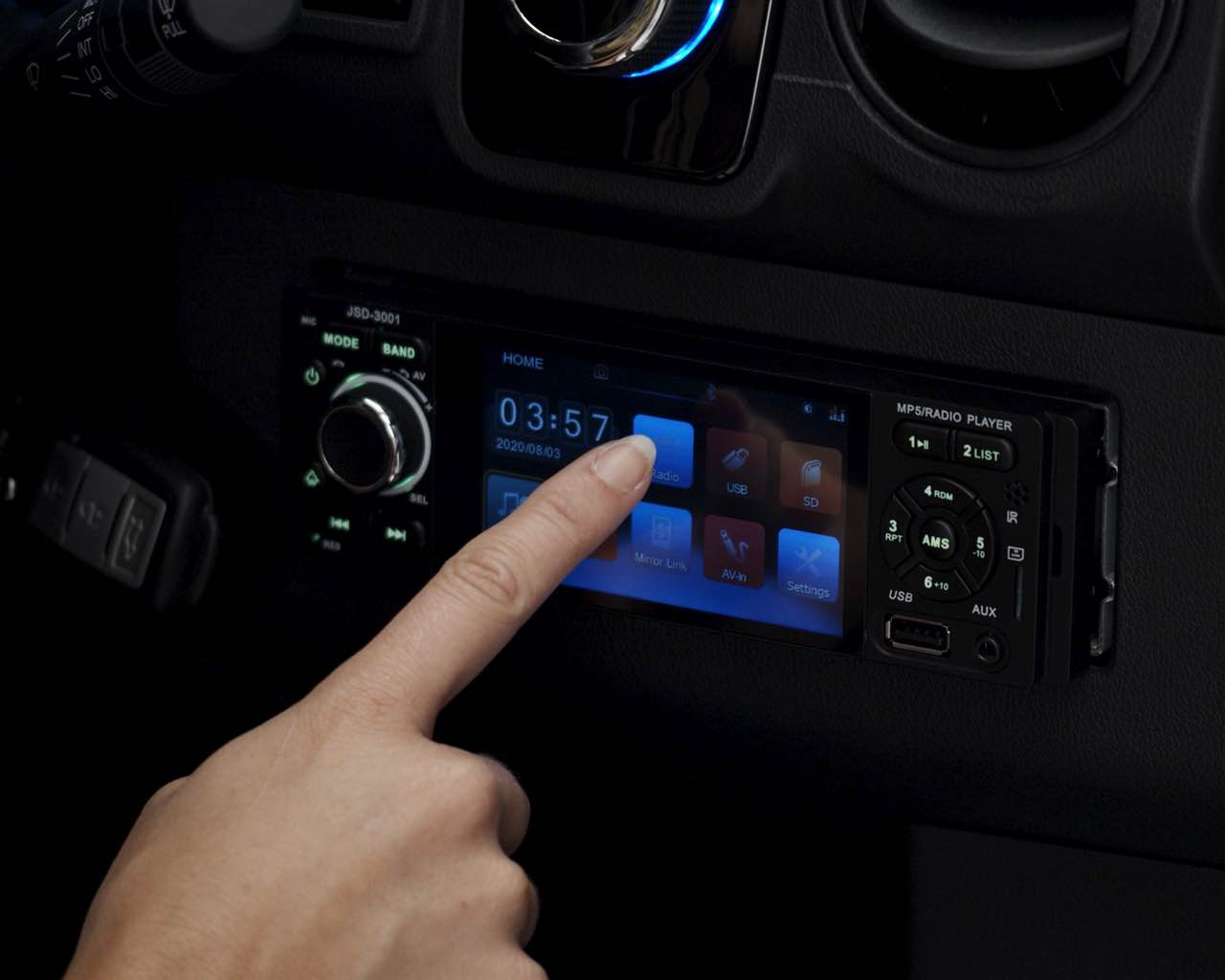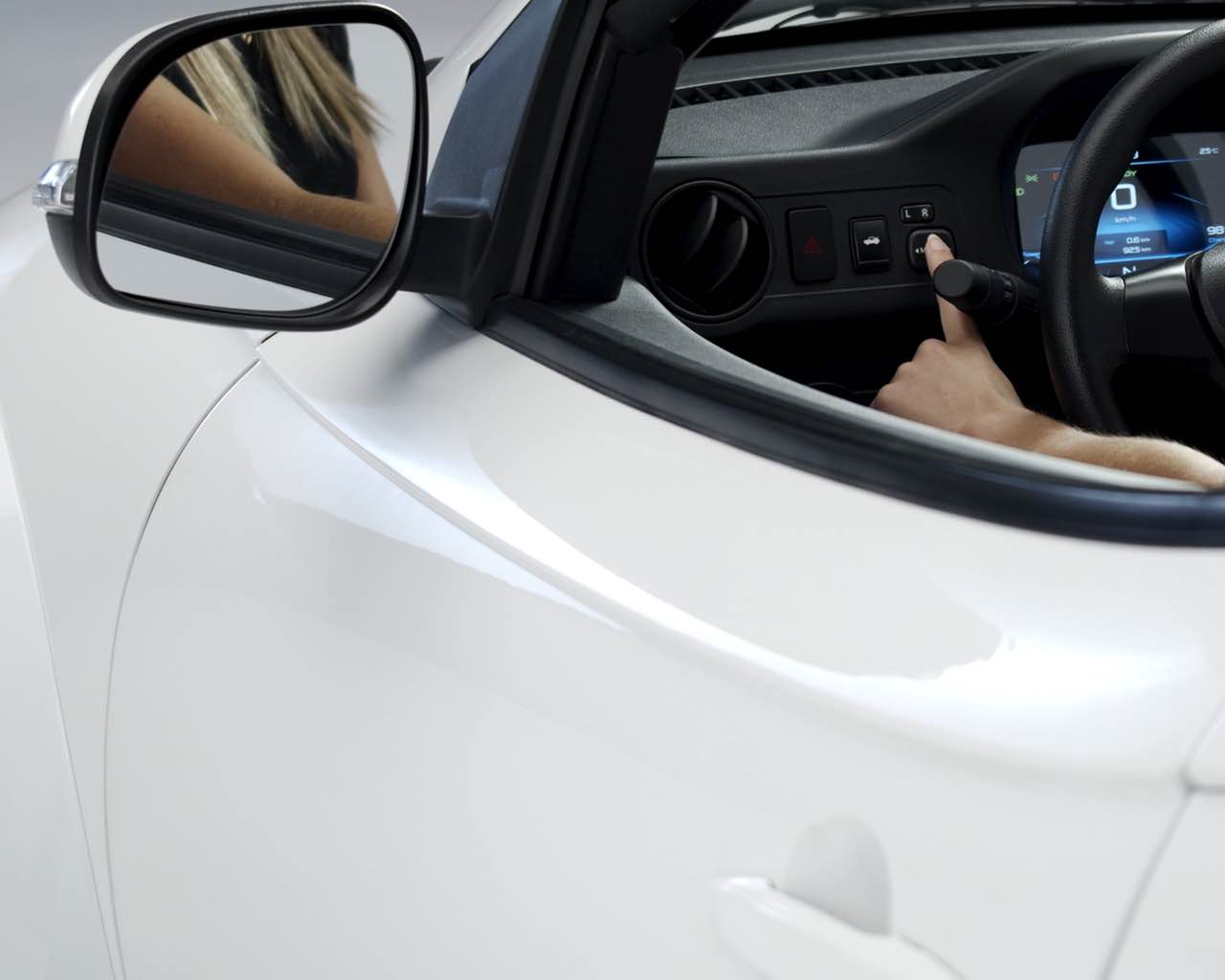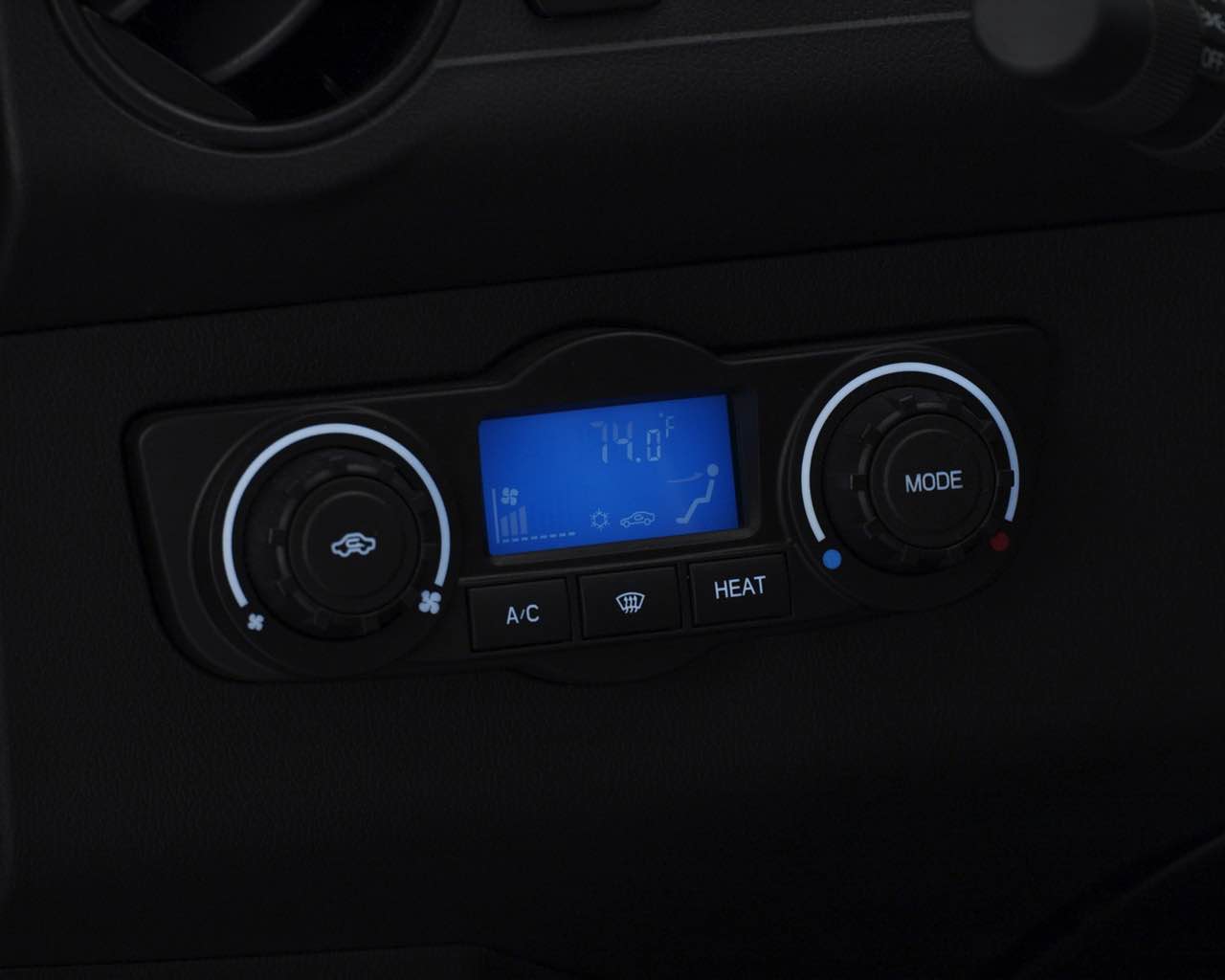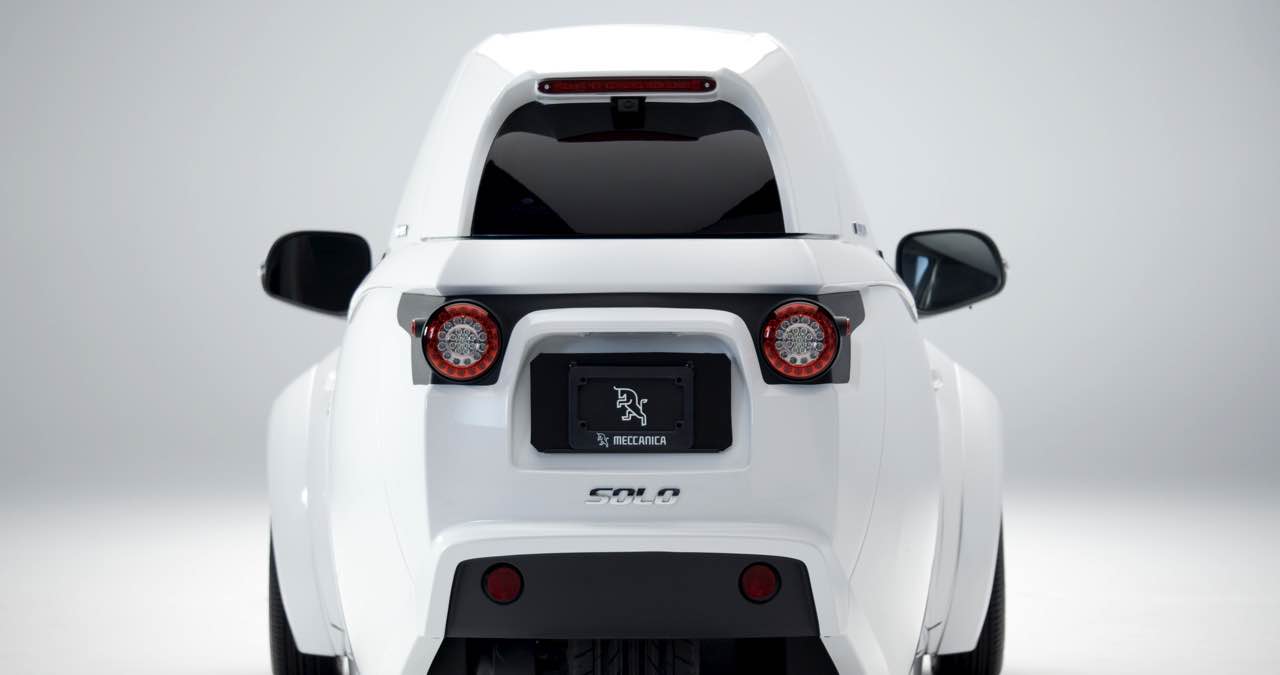ElectraMeccanica Solo EV First Drive - Electric Three-Wheeler Is Oddly Appealing
As quirky as it may seem, ElectraMeccanica's Solo single-seat electric vehicle actually makes a ton of sense in the real world. According to the U.S. Census Bureau, almost 90-percent of Americans drive alone, whether it's in a car, pickup truck, or SUV. That's a whole lot of metal for just one person.
The trends don't suggest the numbers of single-person trips are going down, either: it's a significant hike from 2016, when over 76-percent of Americans would make the drive alone to work. Do the math, and the benefits are enormous: the Solo is one-fourth the size and weight of a seven-seat crossover, and it's all-electric.
Besides the obvious environmental benefits, from my Solo EV test drive I can attest that it's much easier to park – or even parallel park – than a compact car. And, unlike other three-wheelers that have no roof – I'm looking at you, Morgan 3-Wheeler – the Solo has all the appurtenances of a sub-scale modern, four-wheeled vehicle.
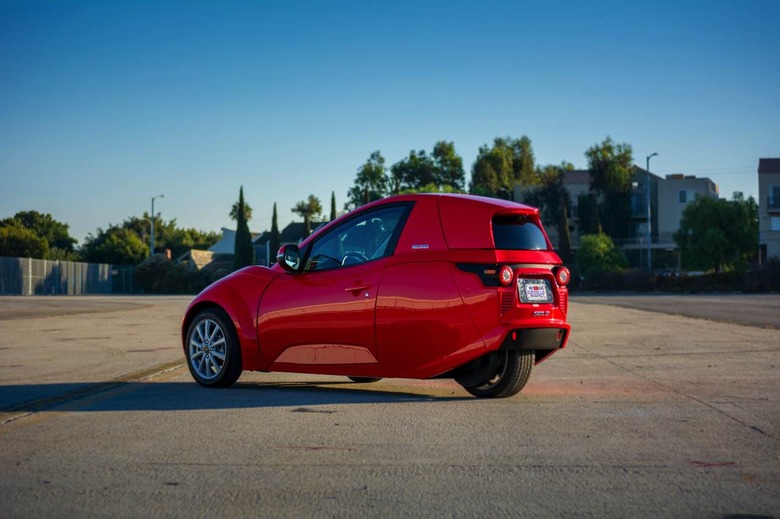
Viewed from the front, the Solo looks pretty much like a typical car nose to the B-pillars. There's a bold front grille neatly resting above a set of wheels, flanked by proper headlights, a rakish windscreen, two doors, and a roof. If you squint hard, the Solo's front clip has the aura of Mercedes-Benz's EQC electric compact SUV, albeit narrower and lower to the ground.
It may have two doors, but the Solo is a single-seat affair, perfect for today's trend of social distancing. As your gaze shifts from the B-pillars to the rear, though, you find the shape tapers to a slim rear end, finished up at a single rear wheel.
The Solo's shape is reminiscent of the equally-quirky, highly desirable, yet hilariously dangerous Reliant Robin, a similar three-wheeled vehicle from the 1970s. Like the Solo, the Robin has a hood, two doors, windscreen, headlights, and the wipers of a typical four-wheeled car. But unlike Solo, the Robin puts two of its wheels at the rear, leaving a single wheel up front.
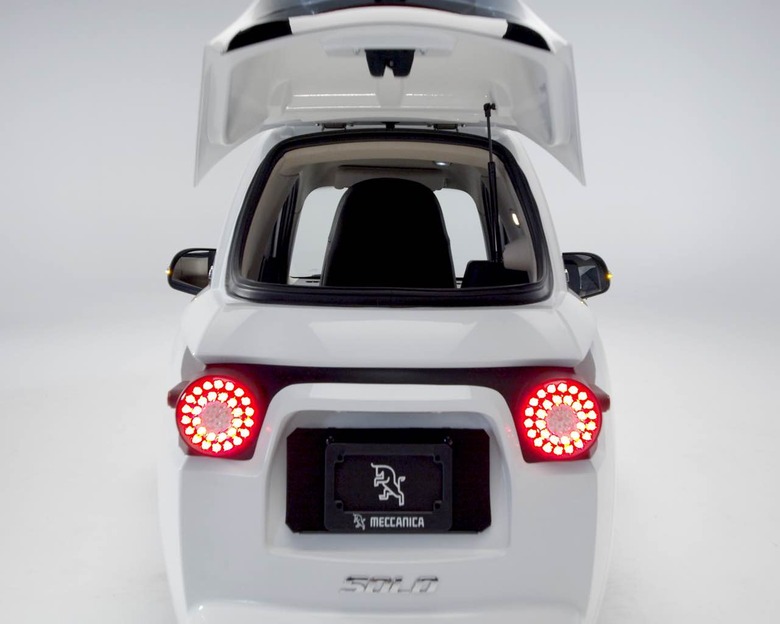
It doesn't take a genius to figure out what's wrong with the Robin. With a single wheel in the front to handle steering and balancing duties, Robin's fairly high center of gravity makes it as stable as a soccer player skating on ice. It tends to lean excessively and topple over with the slightest provocation of centrifugal force, and you'll need the reflexes of Kimi Raikkonen to prevent an embarrassing catastrophe. Thankfully, there are no such issues with the ElectraMeccanica Solo.
Solo is technically a motorcycle with only three wheels, but the fully-enclosed cabin with a round steering wheel and proper foot pedals delivers the aura of a four-wheeled car. The single-seat cabin is accessible via the doors on both sides, which typically means you can park it in the tightest of spaces and leave the vehicle without contorting like a gymnast.
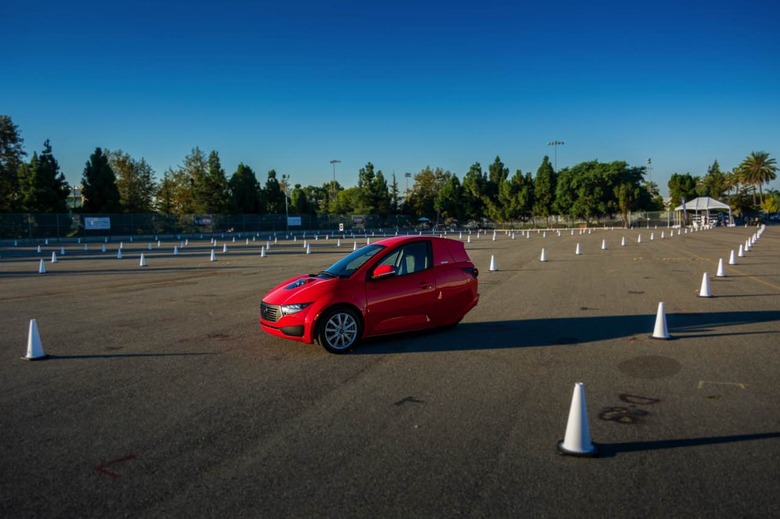
It has a smallish trunk in the rear and more luggage space under the front hood. No, you can't carry a golf bag, but driving the Solo EV is more fun than playing golf anyway. And don't think for a moment the cabin is as barren as a farm shed. The Solo EV has standard air-conditioning, Bluetooth connectivity, and a backup camera.
The rotary gear switch is within easy reach, alongside the fully-digital instrumentation. Solo has a seatbelt and an integrated roll bar, too, so it should be safer as well as more weather-resistant than a two-wheeled motorcycle.
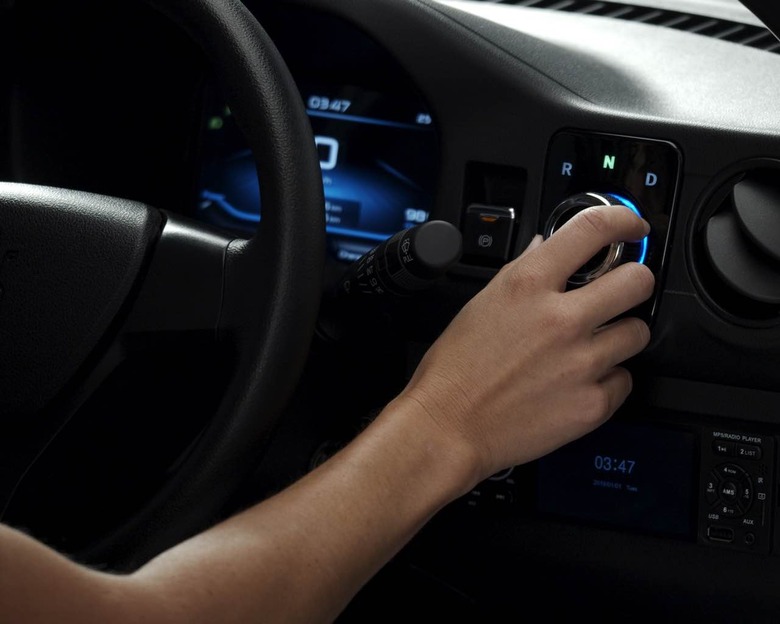
Measuring 10-feet long and around four-feet wide, Solo is as small as it gets. With a lower center of gravity, the Reliant Robin can only dream of having its unfathomable stability. Equipped with a 17.3 kWh battery pack and a single electric motor driving the rear wheel, it has a range of around a hundred miles per full charge – perfect for roaming the urban environment.
Though 82 horsepower may not sound much, Solo EV still has a top speed of 80 mph: that means, if you're feeling brave around the other traffic, you can take it on the highway. It has power steering, power brakes, and a single front wiper, which also means you can use it day-in and day-out in all types of weather – except snow, of course, where that single driving wheel may spell disaster over icy surfaces.
The low seating position gives the Solo a sense of sportiness, and the visibility is typical of a small car. From a design perspective, you don't get a rearview window in the Solo EV – because it's completely obscured by the rear hatch. Instead, you'll need to rely on a backup camera and the two rearview mirrors. The backup camera responds quickly to minor steering inputs, but it might take new drivers an acclimation period to get acquainted with Solo's unusual driving manners.
With prices starting at $18,500, Solo EV is not the low-cost, high-volume electric car we've been hoping for. In a world where a base 2021 Nissan Sentra (with four doors and five seats) starts at $20,000, Solo EV is a niche vehicle for a niche market. All the same, it's hard to deny its practical nature for daily commuting. Solo is easy to drive, easy to understand, easier to park, and remarkably peppy when you pin it.
Using a level 2 charger, Solo EV charges quickly, too. It takes around three hours to do so, but overnight charging is a must if you're using a typical 100V socket. ElectraMeccanica is based in Vancouver, Canada, while Solo EV production is at Chongqing, China, home of ElectraMeccanica's manufacturing partner, the Zongshen Industrial Group.
Build quality is commendable for a three-wheeled electric oddity, and Solo EV rides smoothly on the highway. It's best to avoid deep potholes, though, for the sake of your lower back, but it's not a diva like most high-strung sports cars. Solo EV is as tossable as shredded cabbage and more likable than a megabuck hypercar. It has a magnetic personality, unlike any small car I've seen or driven before.
